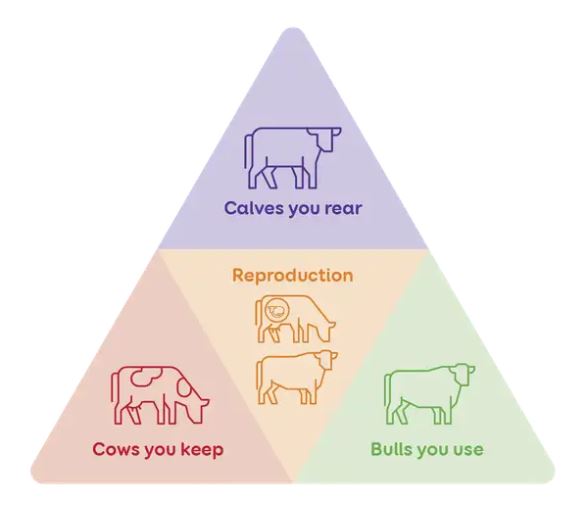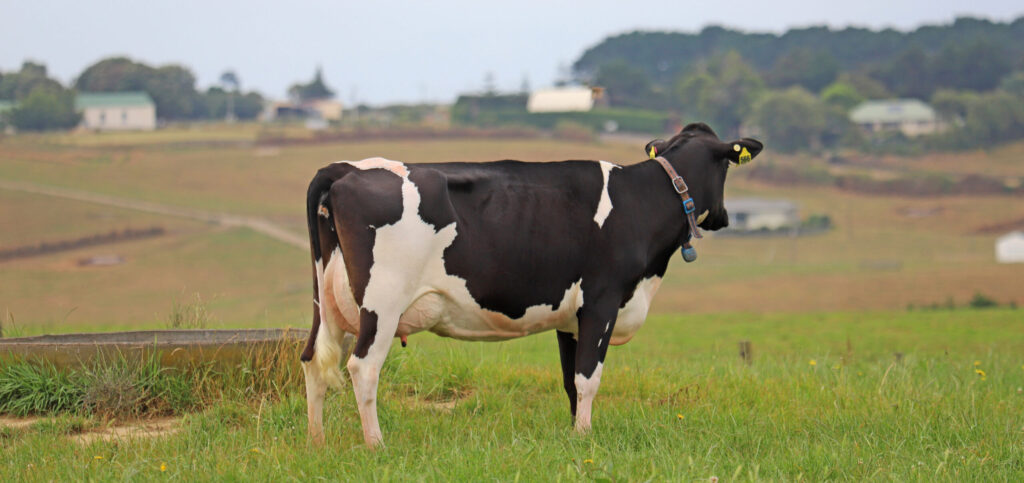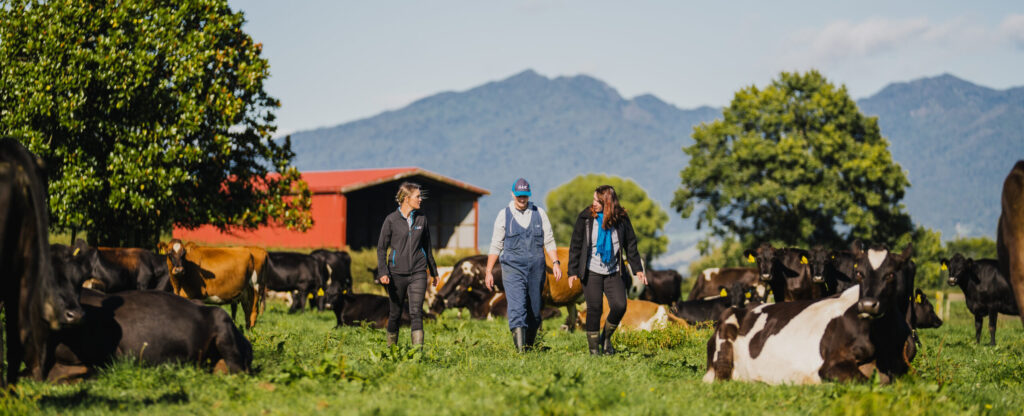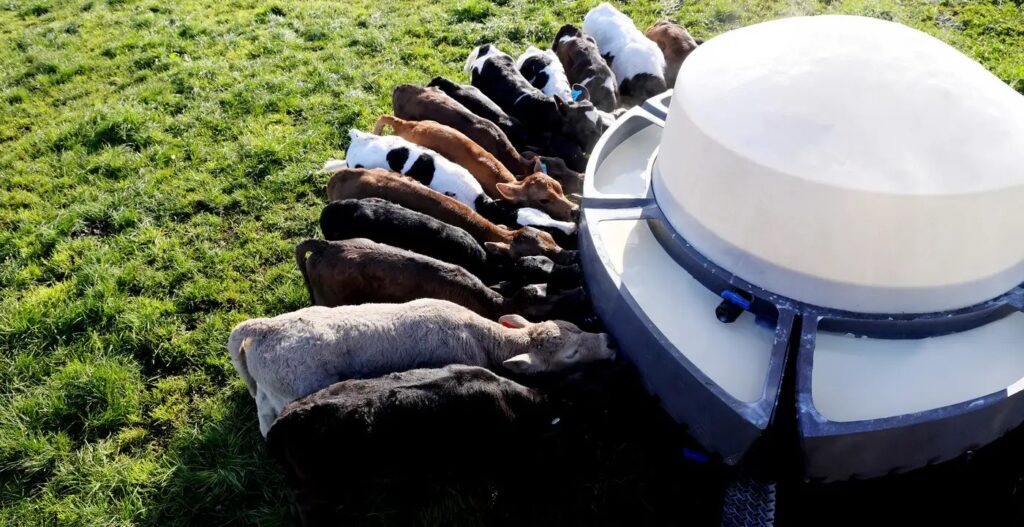The average cow today produces 81% of its own liveweight in milksolids, compared 55% in the early 1990s.

Breeding from your best cows helps ensure you have the most profitable herd possible.
The best cows are more efficient at turning feed into milk – they weigh relatively less, produce more, and have a fertility advantage. They also have a lower emissions footprint per kilogram of milksolids.
The goal is to breed from more of your top-performing cows and avoid breeding from your poorer performers – this helps ensure you have the most efficient and profitable herd possible.
While at the individual farm level there’s a wide and varied number of factors, it’s conceivable that by 2030 your whole herd could perform at the level of your current top-25% of cows.
Herd improvement is well within reach for every farmer:
It can be achieved by focusing on four key pillars…

LIC provides farmers with elite genetics and practical advice to improve their cow performance and get the job done. Additionally, our experience with genomic science gives us confidence that we can continue to deliver the results farmers need at a faster rate.
Click the links below to read how you can advance herd improvement on your farm.

1. Reproduction
Good repro gives you more choice and is the result of a year-round approach.

2. The cows you keep
Not all cows are created equal.

3. The calves you rear
Increase the rate of genetic gain by retaining your highest quality heifer calves to rear as replacements.

4. The bulls you use
The most advancements in genetic gain are generated from sire decisions.